Good morning. Good afternoon. Good evening.
2022
digital sculpture + audio-visual interaction
︎Virtual Sea
About
I reside in a humid southern seaside city , Shenzhen,
where the vastness of deserts and arid landscapes is not a familiar sight. In
2021, I embarked on a journey to Dunhuang in northwest China. There, I marveled
at the breathtaking Mingsha Mountain and the Dunhuang
Mogao Caves. Unfortunately,
due to regulations, photography is prohibited within the historically and
artistically rich Dunhuang Mogao
Caves. Nevertheless, I'd like to share my
reflections after the visit.Dunhuang is renowned for its ancient civilization, with the rise of Buddhism dating back to around AD 336, influenced by war and trade. Supported not only by local rulers but also by the reverence of residents, Buddhism flourished. However, amidst continuous warfare and the anguish of lives lost, local residents invited a lot craftsmen and artists to the Mogao Caves. And their mission: to craft intricate murals and sculptures, a prayer for peace and a tribute to those lost in the war.
Today, millennia later, Dunhuang stands far removed from the strife of war. As I explored the Mogao Caves, I crouched beside the railings, where the walls of some caves still bear the grooves carved by craftsmen for gilded lines a century ago. The eyes of life-sized sculptures remain vivid and captivating. Despite the exquisite beauty surrounding me, I am acutely aware that the suffering endured by those during that era far surpassed the impact of these intricate murals and statues.
After absorbing the rich history within the Mogao Caves, I ventured to the nearby Mingsha Mountain. Standing before the vast sea of sand dunes, reminiscent of an ocean, I reflected on a line of lyric from a song by the renowned singer Faye Wong: "One hundred years later, there is no you, there is no me." While now beneath my feet lies an endless desert, witness to the rise and fall of countless lives, millions of years ago, in a time predating humanity, perhaps this land was an ocean nurturing diverse forms of life.
Personal Research
Although I have traveled to Dunhuang, where Buddhist culture is concentrated, my thinking still returns to some Taoist theories that interest me.According to Taoism's "Yin-Yang and
Five Elements" theory, it posits that everything in the universe is shaped
by the interplay of two types of qi: yin and yang. The ocean (water) and thedesert (earth) symbolize yin and yang respectively. The destructive cycle of yin and yang means earth contains (or directs) water (dams or river banks).


The Taoist concept of "three births for everything" (三生万物 )has left a profound impact on me. In my view, "one" (hylozoism)represents the cosmic and earthly existence emerging from chaos. This includes our atmosphere, the ultraviolet rays we feel, and the wind - the fundamental elements of our world. "Two"(organicism) refers to the unique life forms and the rich biodiversity on Earth, distinguishing it from other planets. "Three" (enlivened Nature)symbolizes humanity, thriving on these foundations, and the intellectual and creative outputs we produce, like poetry and music.
Digital Art Exploration
I find the logic of mutual generation and
conflict deeply inspiring. Therefore, from the materials I have personally
recorded, I have selected two seemingly contrasting elements – the ocean and
the desert – for my creative exploration. Visually, I have created an image of
a virtual sea, drawing inspiration from the poetic imagery of a
"
cathedral
," representing human’s
intellectual and
creative outputs.
Simultaneously, the sounds of nature, including water and the winds of the
desert, serve as an additional layer, driving the transformation of the visual
elements.In the initial stages of the video, I extracted numerous sound clips from my collection of materials related to the water element.
These included
- the sound of fish slapping the water's surface as they fed in an artificial farm,
- the ambiance of a sandy beach by the sea,
- and the soothing patter of rain on the beach during a rainfall.
I use the audio analysis tool of Touchdesigner to realize audio-visual interaction by analyzing the rhythm of the audio and extracting the treble or bass values. However, upon aligning the sounds of fish slapping with the visuals, I concluded that the selected sound clips had a frequency too high to achieve a well-paced interactive effect.
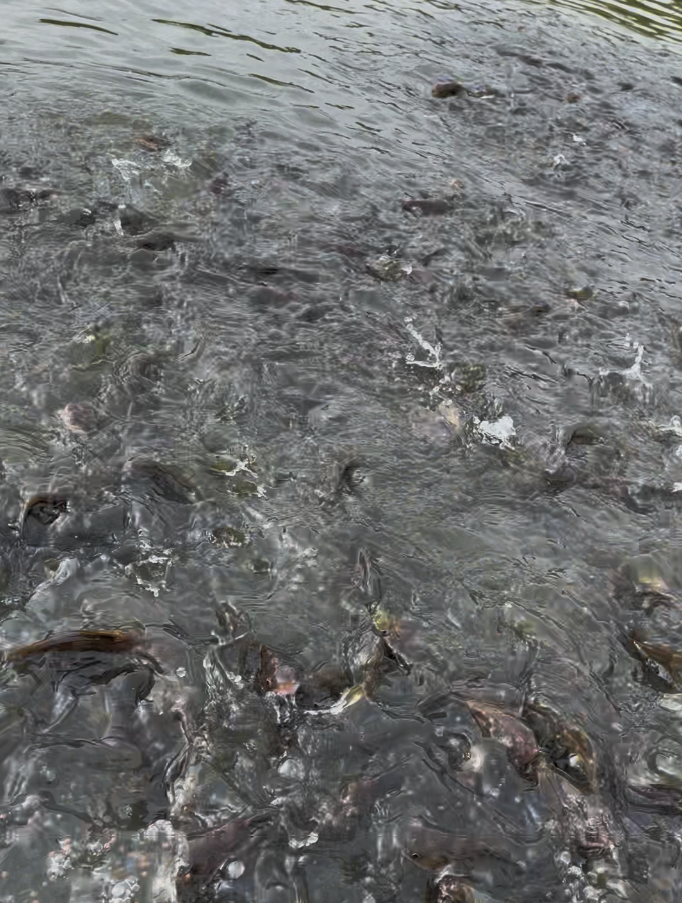
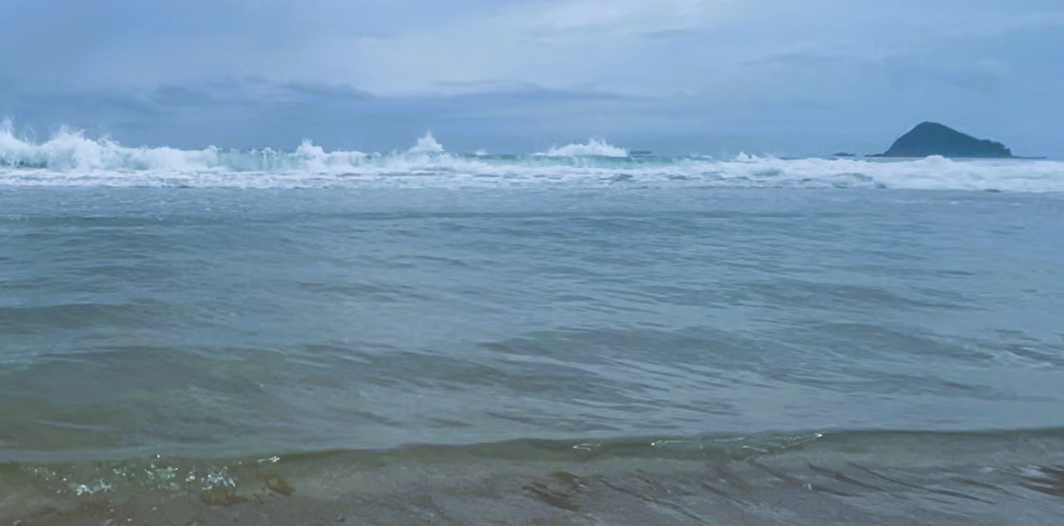
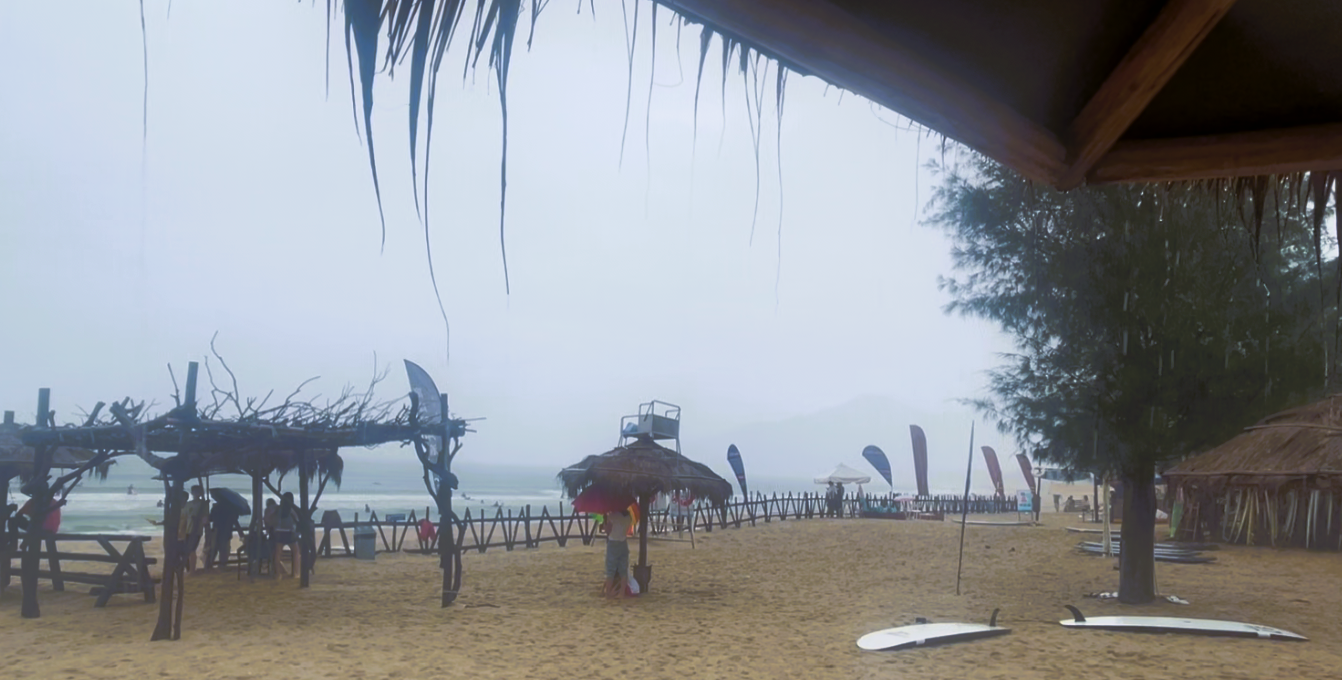
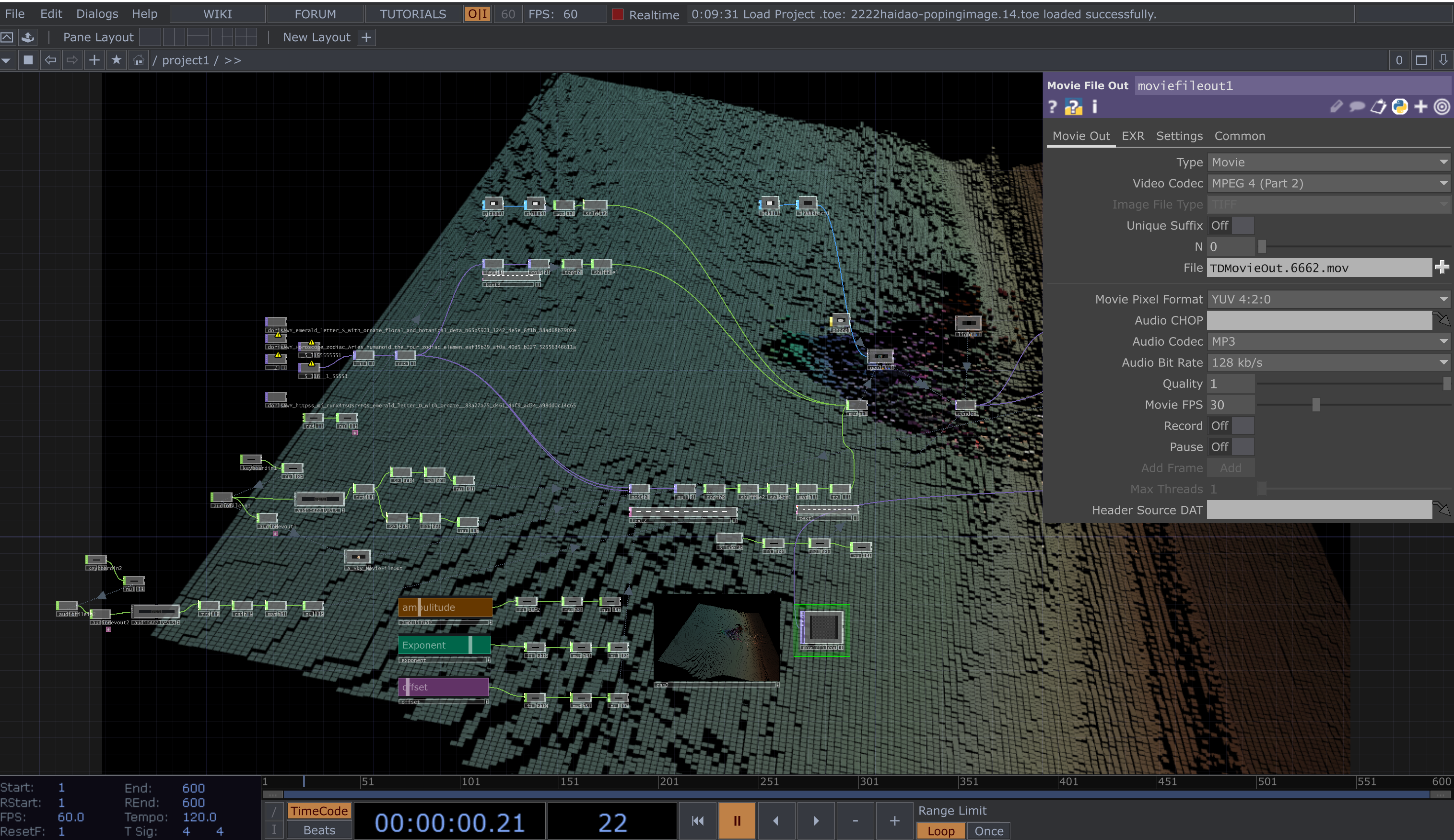
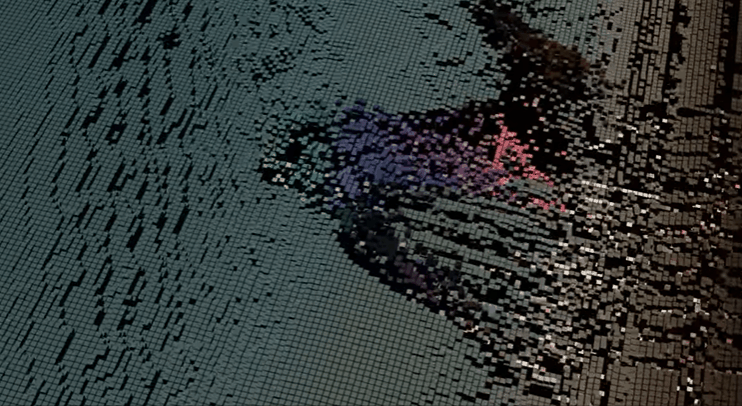
Also , I used the audio I recorded in 2021 the desert at the Mingsha Mountains(鸣沙山),Dunhuang.
You can hear
- the wind,
- the camel bells.
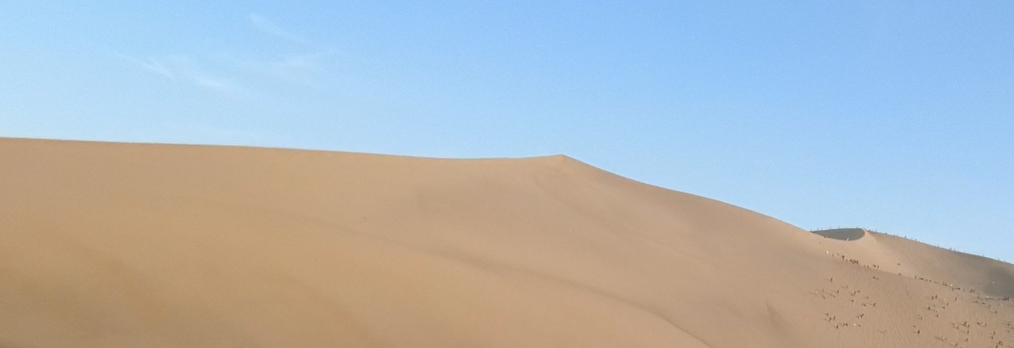
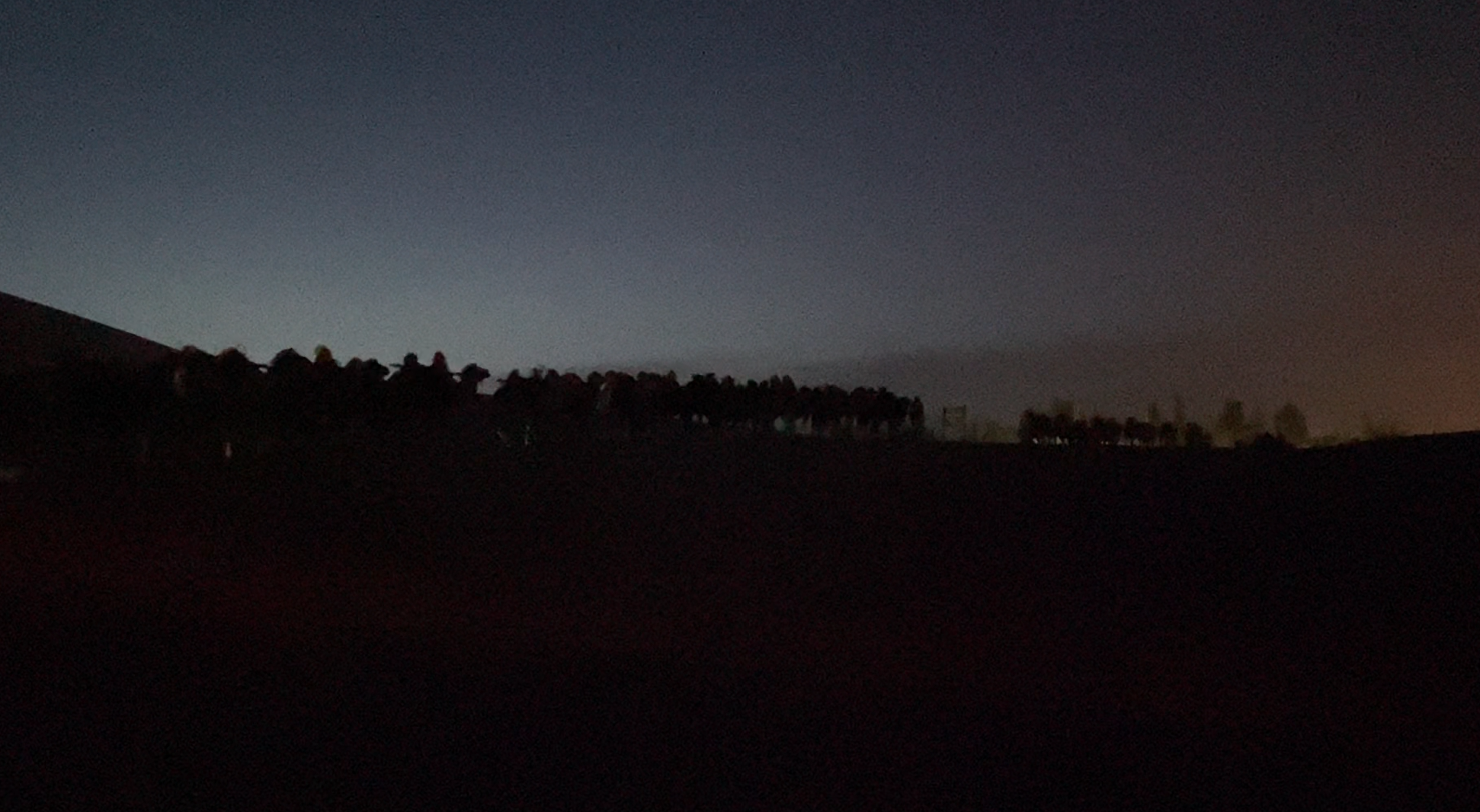
The image, on the other hand, is a fictional installation that I created towering over the endless virtual sea. It was inspired by a poem of French poet Jean Laroche. I saw it as an analogy to celebrate those remarkable achievements of the human civilization. The name of this work Good morning. Good afternoon. Good evening. is a response to three timing mentioned in the poem.
Une maison dressée au coeur
Ma cathédrale de silence
Chaque matin reprise en rêve
Et chaque soir abandonnée
Une maison couverte d’aube
Ouverte au vent de ma jeunesse
- Jean Laroche
A house that stands in my heart
My cathedral of silence
Every morning recaptured in dream
Every evening abandoned
A house covered with dawn
Open to the winds of my youth
By Jean Laroche
一座依偎在我心间的居所,
我的宁静大教堂。
每个黎明,在梦中重温,
每个黄昏,沉浸其中。
一座被日出色彩点缀的家,
敞开迎接我青春的风。
让-拉罗什
Ma cathédrale de silence
Chaque matin reprise en rêve
Et chaque soir abandonnée
Une maison couverte d’aube
Ouverte au vent de ma jeunesse
- Jean Laroche
A house that stands in my heart
My cathedral of silence
Every morning recaptured in dream
Every evening abandoned
A house covered with dawn
Open to the winds of my youth
By Jean Laroche
一座依偎在我心间的居所,
我的宁静大教堂。
每个黎明,在梦中重温,
每个黄昏,沉浸其中。
一座被日出色彩点缀的家,
敞开迎接我青春的风。
让-拉罗什
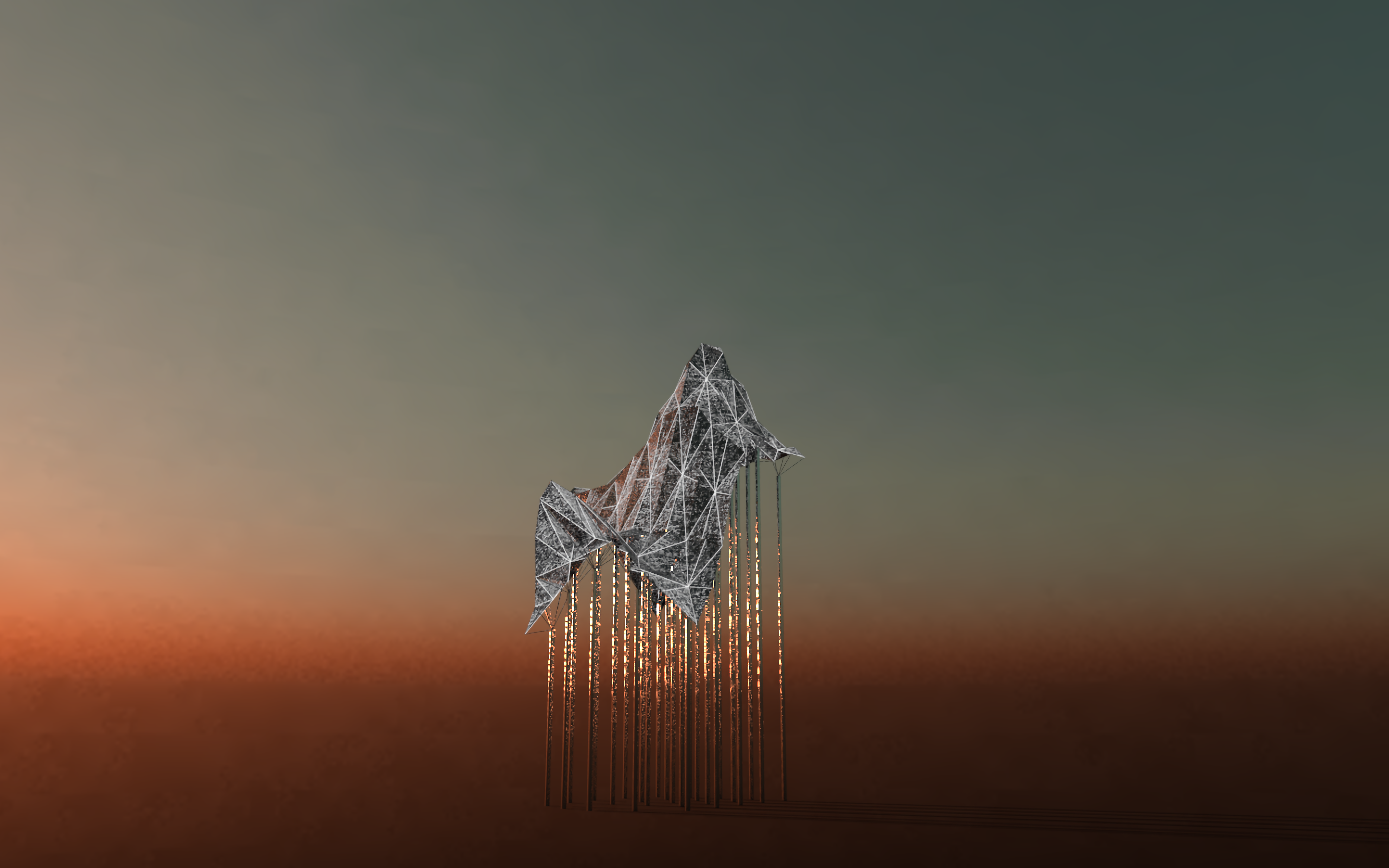
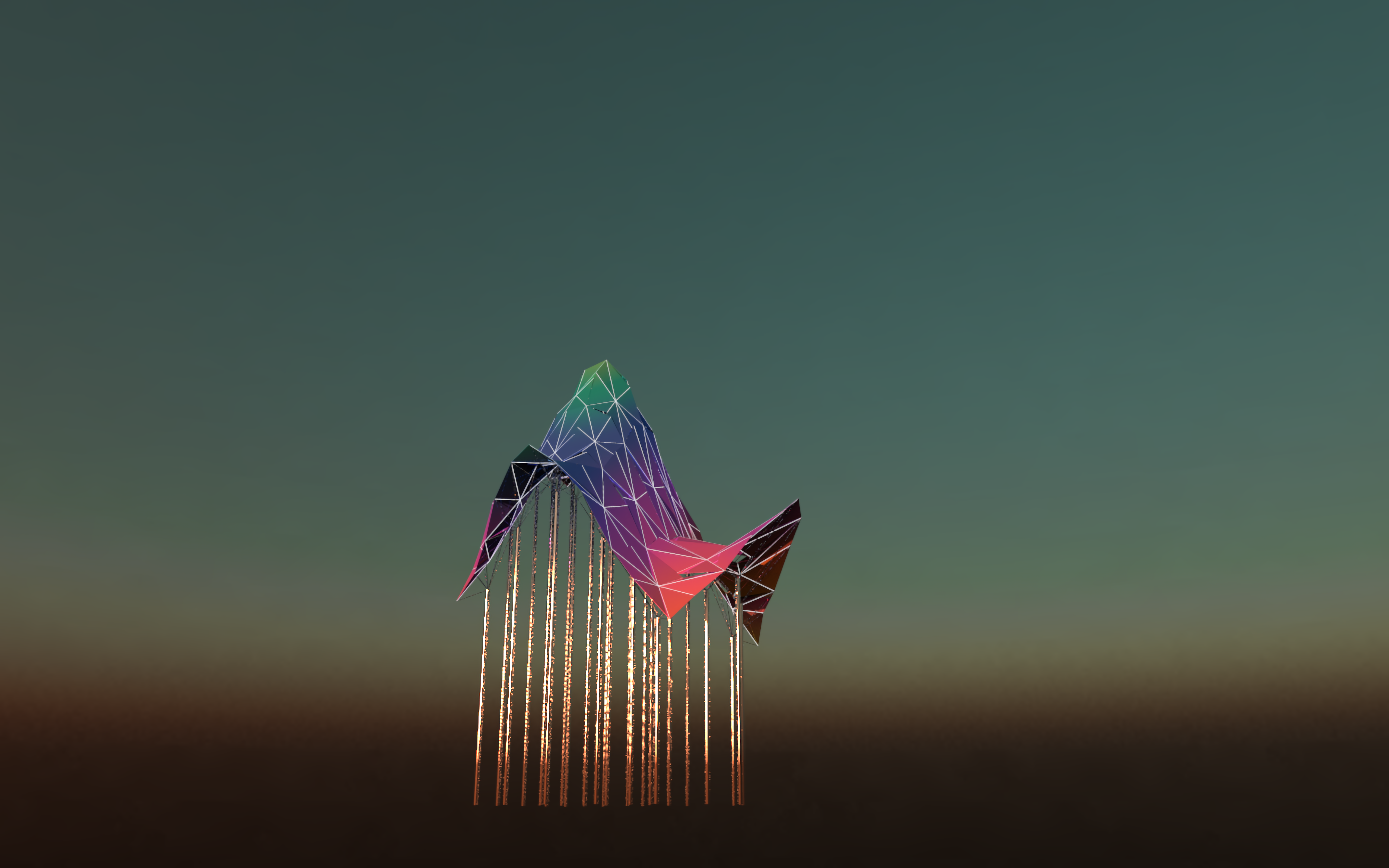
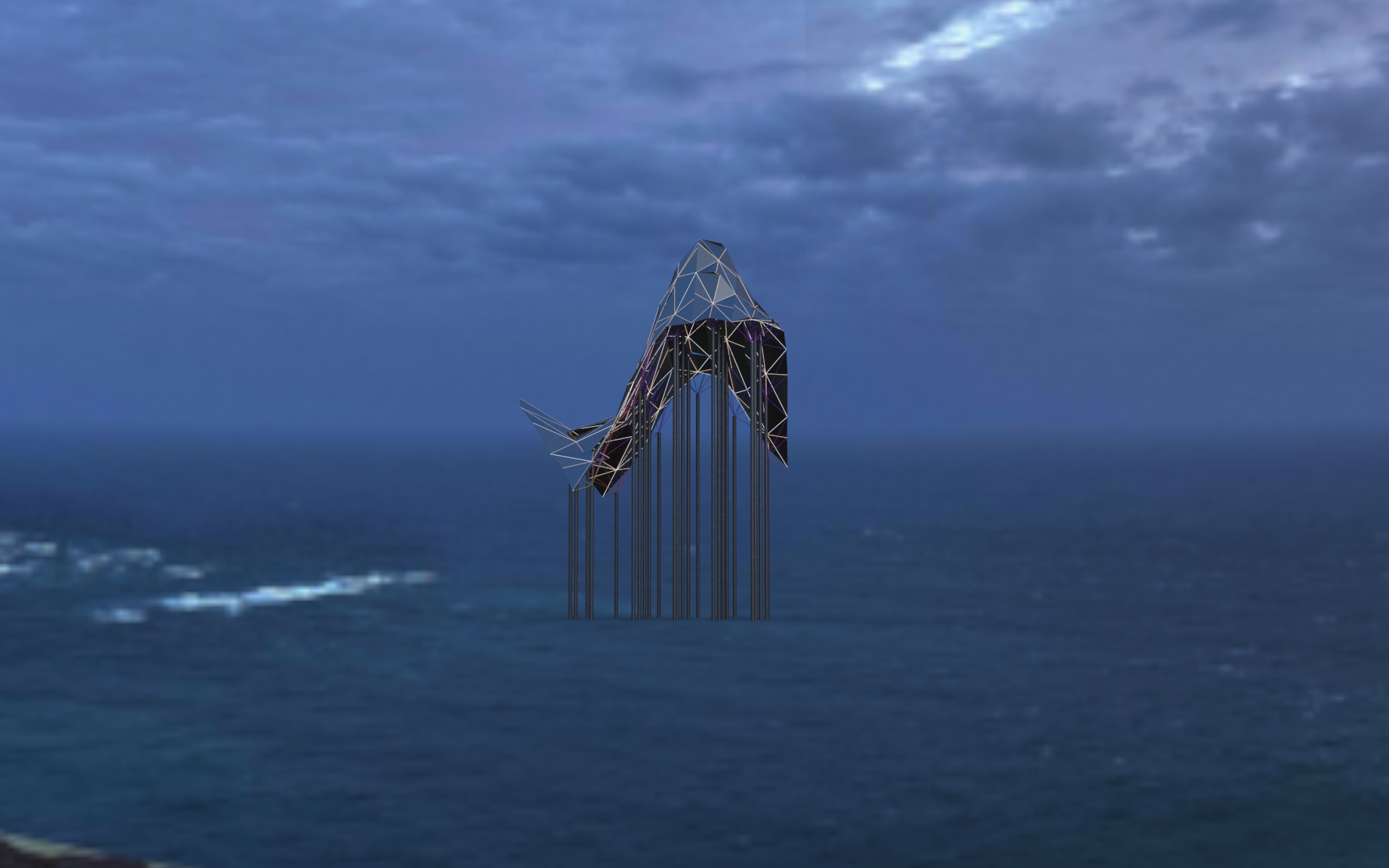
蘭希秀(Lan Xi-xiu), 「hylozoism」、「organicism」、 「enlivened Nature」 via : An Analysis of Fang Dongmei's Three English Expressions of Wanwuyoushenglun in His Philosophy